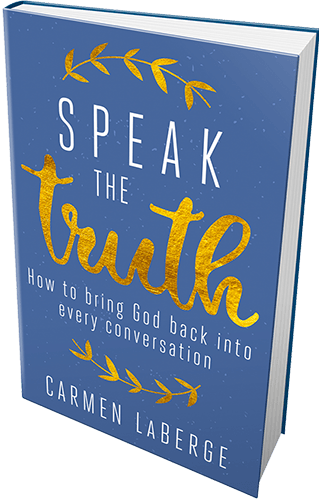The Hallmark Channel has become as synonymous with Christmas as Bing Crosby or 34th Street were for prior generations. Hallmark movies have become so popular they are now a genre. Other content producers now make “Hallmark-type” movies for Christmas.
You know the type— relatively clean, pretty cheesy, but always with a predictable story plot where someone falls in love with a nice small town guy, or a prince, who somehow never ended up married to any of his own small town options.
We might wonder why so many people spend so many hours watching movies that are so far from their lived reality. But that may well be the point. The reality of Christmas has become predictably complicated, relationally fraught and often concludes with anything but a happy fairytale ending.
Modern Christmas as presented on TV carries a lot of expectations. It’s got to be the MOST wonderful time of the year (which now lasts at least an entire month). It’s got to have the BEST food and gifts (which only seem to be more expensive each year). It’s got to be FULL of magical experiences and family memories (which no matter how hard we work, are ultimately outside our control to deliver).
Along the way, the entire plot got lost. Subtly, and maybe subversively, Christmas has shifted from being a celebration about something, to just a celebration of whatever we want it to be. So we load it up with a year’s worth of hopes and dreams. Sad? Lonely? Confused? Christmas will fix it— just you wait and see! Just like the movies. Right? Wrong.
Anything that carries this much weight will collapse in on itself. No wonder so many of us cease to achieve that magical “Hallmark Christmas feeling.” We are constantly disappointed and disconnected and we don’t know why.
The original Christmas story could not be more different than those we see played out on TV. It stars a young, unwed and pregnant woman and her betrothed, who must travel miles from home just as she is about to deliver their child. The supporting actors are humble shepherds, the bottom rung of society. It ends with a cliffhanger— as the family flees a murderous king.
This kind of Christmas is for the lowly, the lonely and the hurting. It’s for all of us navigating less than ideal circumstances, exhausted, weary and frustrated. It’s for real life, not the movies.
But the hope of Christmas doesn’t offer us a distraction from the dark— it gives light and healing to our broken hearts. And it doesn’t fade when we put away the decorations and get back to normal life because our hope is in more than a season, but a Savior.
When expectations feel loud, and the busyness of the “season” starts to sweep us away, the quiet, lowly truth of Christmas calms our souls. Christmas is for us. The us we really are, the lives we really live and the needs we really have. Christmas is hope for our real lives.
What are we celebrating then? Galatians 4:4-5 says this, “But when the fullness of time had come, God sent forth his Son, born of woman, born under the law, to redeem those who were under the law, so that we might receive adoption as sons.”
This is no Hallmark movie or fairytale. This moment in history changed everything, when God put on flesh and entered our broken, messy world to rescue us. So how could we not celebrate it? We mark Christmas to rejoice with the angels for this “good news of great joy for all people.”
When expectations feel loud, and the busyness of the “season” starts to sweep us away, the quiet, lowly truth of Christmas calms our souls. Christmas is for us. The us we really are, the lives we really live and the needs we really have. Christmas is hope for our real lives.
Photo by Drew Coffman on Unsplash


